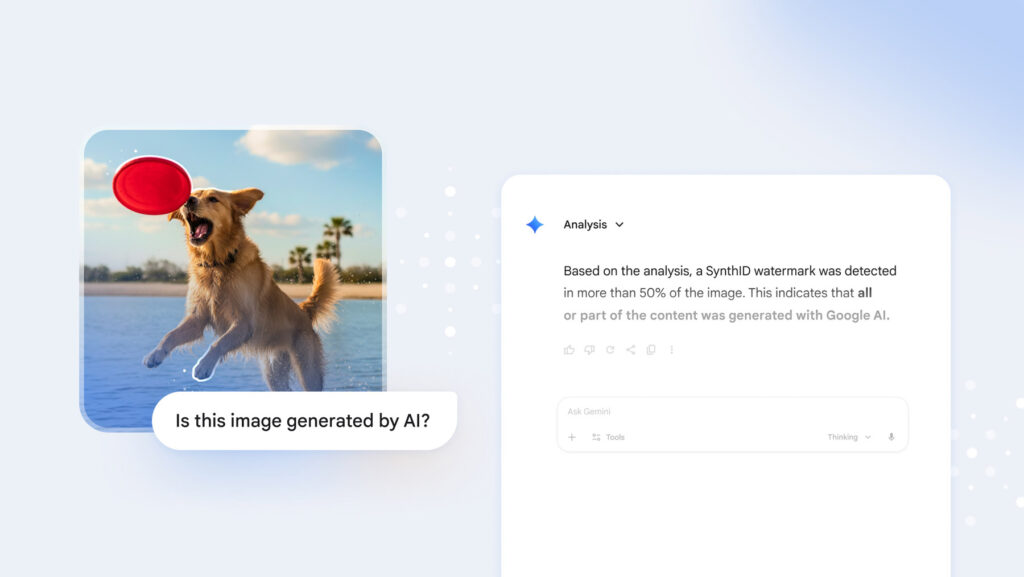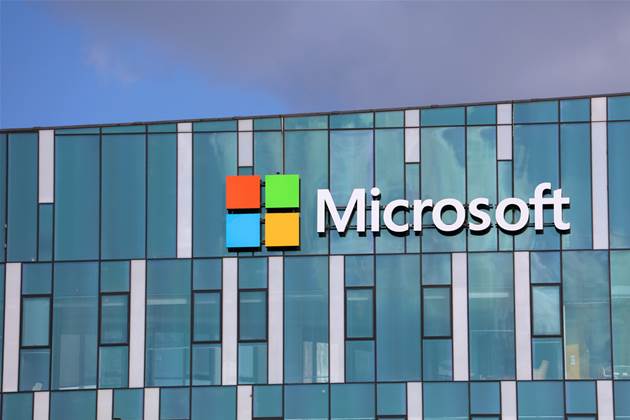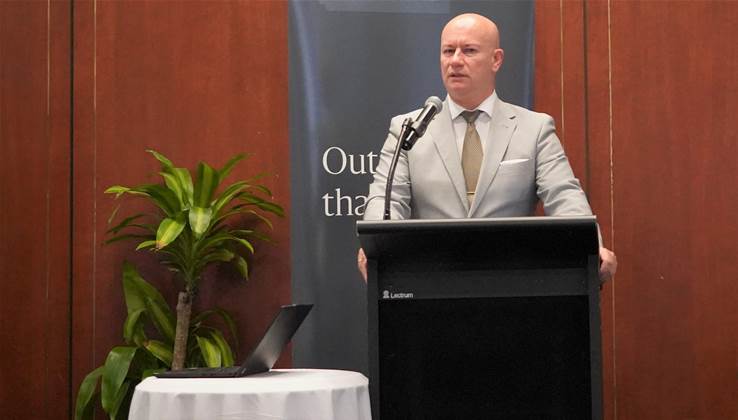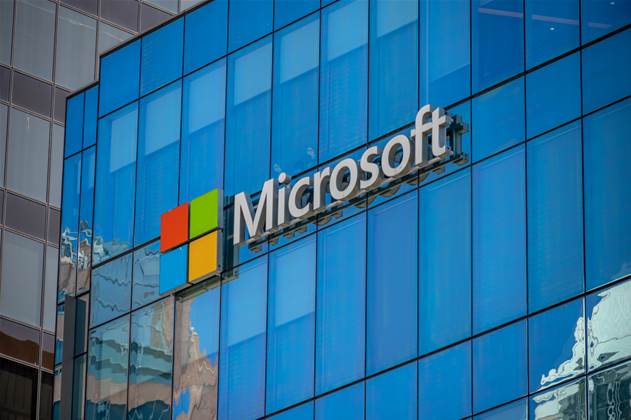Google Nano Banana Pro: An Innovative Advancement in GenAI
We independently review everything we recommend. When you buy through our links, we may earn a commission which is paid directly to our Australia-based writers, editors, and support staff. Thank you for your support!
Concise Overview
- Google Nano Banana Pro boosts AI image creation through precise text depiction.
- Support for 4K resolution broadens applications in printing and professional design.
- Cutting-edge features consist of few-shot prompting and SynthID watermarking.
- Accessible via Google’s Gemini platform with different access levels.
- Integration with Google Ads and creative tools for developers and marketers.
- Offered at roughly A$32.99 monthly for premium access in Australia.
Pioneering Advances in AI Image Creation
This week, Google unveiled a groundbreaking generative AI solution with the introduction of Google Nano Banana Pro, part of the Gemini 3 Pro Image model collection. This advancement tackles persistent challenges associated with AI image creators, specifically the difficulty of accurately displaying readable text in images.
Text Precision and Translation
Nano Banana Pro is designed to produce images featuring exact text, representing a notable improvement over earlier models that frequently generated illogical outcomes. This function is particularly advantageous for crafting signs or product labels that necessitate text accuracy and for translating text among various languages.
4K Resolution: A Transformative Innovation
With support for up to 4K resolution, Nano Banana Pro outpaces current models that peak at around 1024×1024 resolution. This progress unlocks fresh possibilities for print media and professional design, producing high-definition images ideal for expansive displays.
Creative and Professional Applications
Since its debut, users have leveraged the model’s functionalities for imaginative projects such as generating 3D house plans, incorporating engineering details in images, and producing infographics. The model enables ‘few-shot prompting’ utilizing up to 14 reference images, facilitating the creation of brand-specific assets.
Integration and Availability
Offered on Google’s Gemini platform, Nano Banana Pro presents various access levels, providing limited free generation options for non-Pro users. The model integrates smoothly with Google Ads for marketers and the Antigravity IDE for developers, allowing for creative and localized campaign oversight.
Safety and Clarity with SynthID
Google boosts clarity with SynthID watermarking, letting users confirm if an image was created by AI. For professional settings, the visible watermark is substituted with an invisible digital marker, ensuring professional assets maintain their integrity.
Cost and Accessibility in Australia
In Australia, the premium AI packages for Nano Banana Pro are priced around A$32.99 monthly, with enterprise rates depending on user seats. The elevated computational expenses of these sophisticated models warrant the tiered pricing approach.
Conclusion
Google Nano Banana Pro is establishing new benchmarks in AI image generation by resolving text accuracy challenges and endorsing 4K resolution. Its integration with various Google services renders it a valuable tool for developers, marketers, and creative experts. The introduction of SynthID watermarking guarantees clarity and security, while its pricing reflects the significant computational requirements of the tech.
















